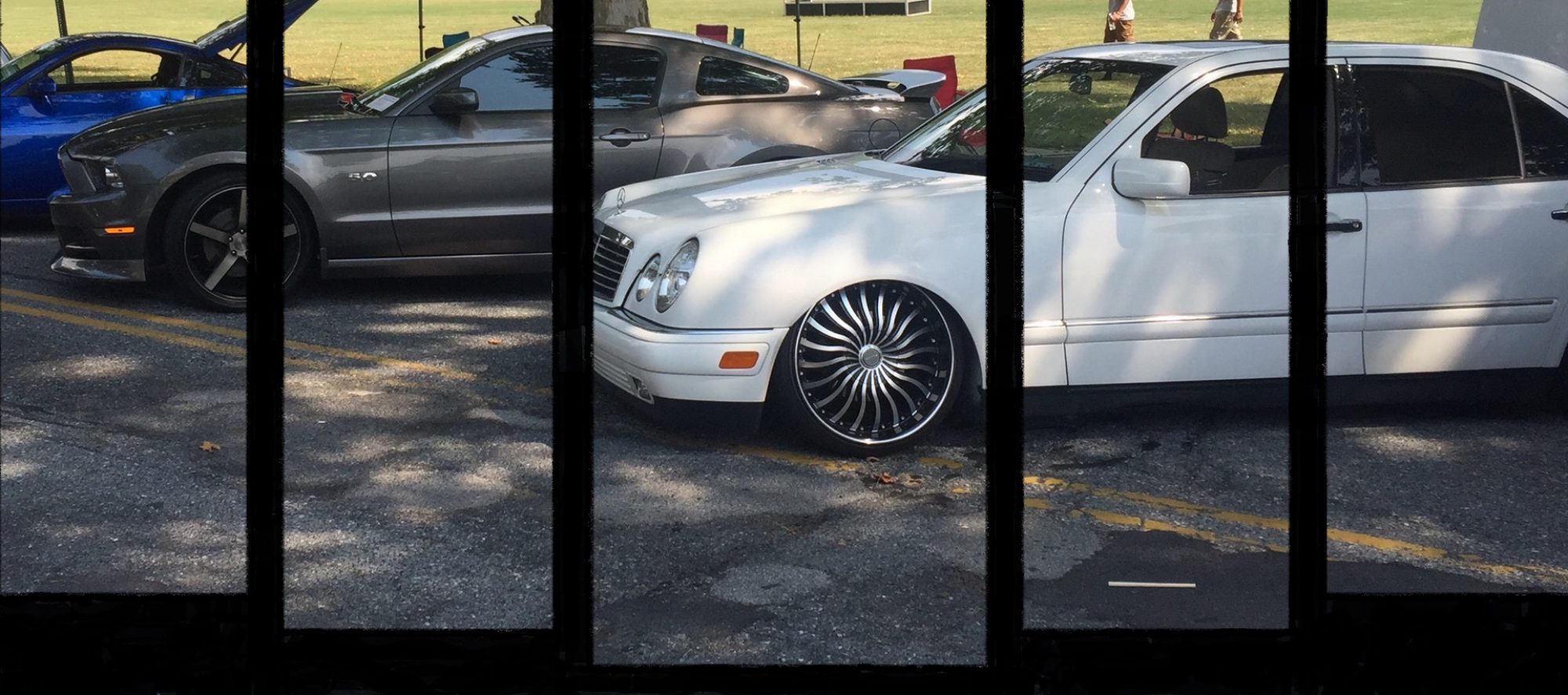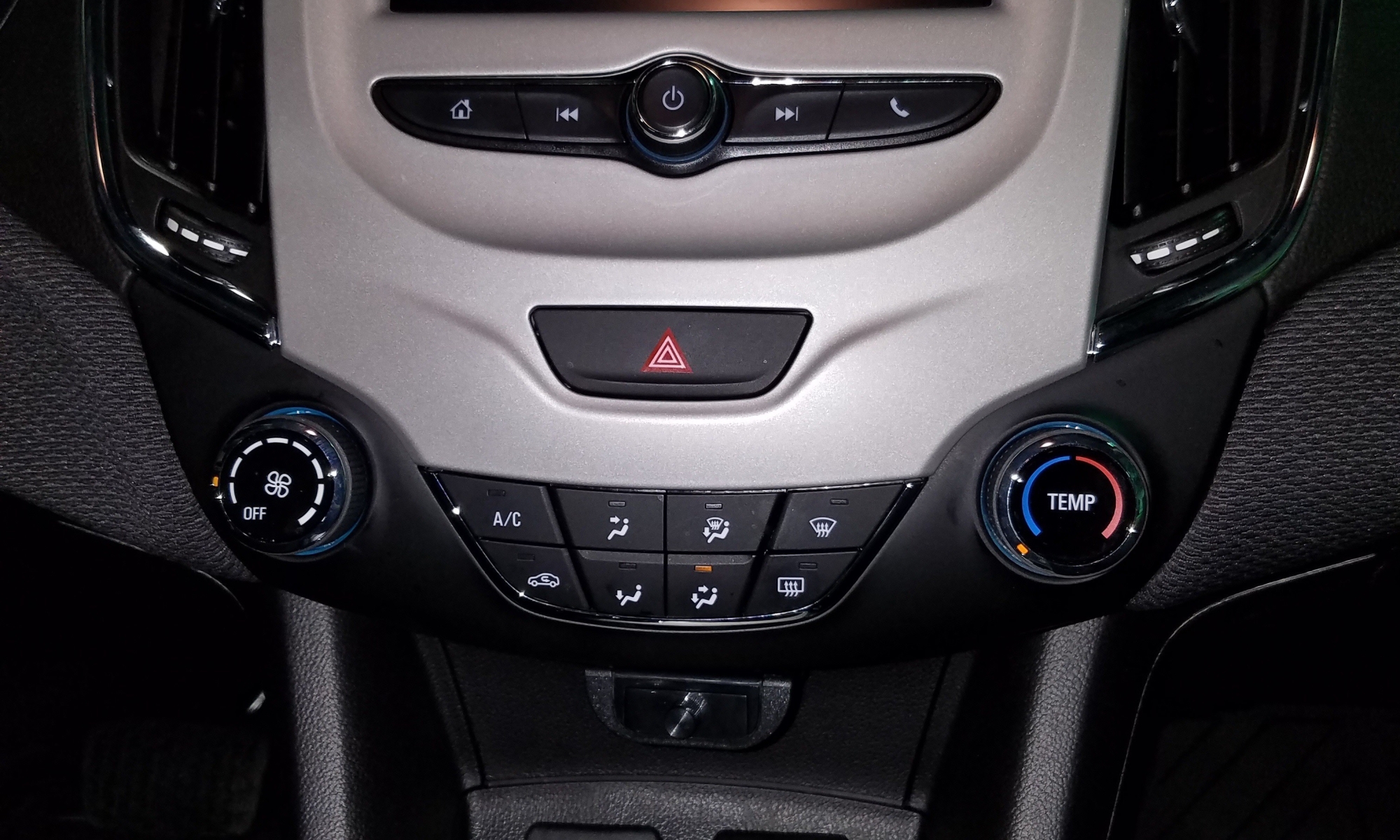Factory vs. Aftermarket Head Units
Whether you’re a simple commuter or an avid audiophile, your head unit is the center of your audio experience. A head unit is the audio producing mechanism usually located in the center console of the vehicle dash. In this brief article, we will discuss the options and benefits of both factory and aftermarket head units for your vehicle. Factory refers to the head unit that was manufactured with the vehicle from the dealership when purchased new. Aftermarket refers to any head unit that is used to replace the factory head unit after manufacturing.
Factory Options
There are a wide variety of options for factory head units ranging from basic radio functions to complete computer controlled navigation touch screens. In any case, opting for a quality audio experience from the factory usually comes with a hefty price tag in the form of an upgrade package. You can expect to pay upwards of $2000 to $3000 just to upgrade from the basic factory option.
A basic factory head unit will consist of a radio at minimum and usually a cd player. The average factory head unit puts out about 8 watts of continuous power to each speaker which will give minimal sound quality at any volume range. There at times factory head units that use a factory amplifier to increase this power to each speaker. This power upgrade usually falls between 15 and 40 watts of continuous power supplied to each speaker and can give adequate sound quality at low to mid volume for long periods of time.
Unfortunately because of the make up and integration of the dash, audio and climate controls in some rare instances, it may prove very difficult and costly or just plain impossible to replace the factory head unit. This is very rare but it does happen.
Aftermarket Options
Aftermarket head units can range in price anywhere from $80 to $1,800 and obviously consist of different features and quality. An important fact to remember with aftermarket electronics is that YOU GET WHAT YOU PAY FOR. Make an effort to understand the value and quality of aftermarket audio. A $100 head unit is not expensive however a $100 single door speaker is expensive as they are sold in pairs.
To install and aftermarket head unit, most vehicles will require the use of a dash kit to provide a factory look after installation, a wiring harness to adapt to the factory wires in the vehicle and an antenna adapter to make use of the factory antenna for radio signal.
As with factory head units, aftermarket head units can be as simple as just a radio or as complex as a touch screen with navigation with many source options and integrated climate controls. For integrated climate controls, your factory climate controls would have to be computer controlled from the factory.
It is important to make a list of the options you would like to retain or add when selecting an aftermarket head unit. The options consist of but are not limited to:
A. AM/FM Radio
B. Satellite radio ready
C. CD Player
D. DVD Player
E. USB audio/video input
F. Audio/video output
G. Steering wheel control integration
H. Bluetooth connectivity and more…
Factory Factors for Aftermarket Choices
There are a few factors relating to your vehicle to consider when choosing an aftermarket head unit. Things such as size of the factory head unit or if the vehicle is equipped with an amplifier. If you are looking at adding a tv screen to your vehicle, you will need to verify both the size of the face as well as the available depth of the factory cavity. The face sizes include single din, din and a half and double din. The single din measure is roughly 7” x 2” around the perimeter. The din and a half measures roughly 7” x 3” around the perimeter. Finally, the double din measures roughly 7” x 4” around the perimeter. Most newer vehicles do provide a space for double din head units. Most older vehicles provide a single din opening. The din and a half is usually found in Chrysler, dodge or jeep vehicles but can be adapted to double din in most cases with a special dash kit.
If the vehicle is equipped with a factory amplifier, there are chances that you could need a slightly more expensive wiring integration harness. This is because the audio output from aftermarket head units is a high output signal while some factory amplifiers only accept a low input signal. The most common vehicles to use a costly integration harness are GM vehicles manufactured after 2001. Any reputable installation shop can tell you what harness you would need and the cost of it.
Take into account if you have steering wheel controls for your factory audio system. If you do, you will need a separate integration harness to retain these. If you do not have factory steering wheel controls, you do have the option of adding aftermarket controls which consist of an integration box to wire behind the radio and a wireless steering wheel mounted panel.
Improving Factory Head Unit Sound
If keeping your factory head unit is your desire but you also want improved sound or options, you’re not out of luck. Most newer vehicles can take advantage of an integration unit. A few companies manufacture an aftermarket unit that is plug and play for factory radios. Depending on your factory unit, this box can offer an audio input, a rear view camera or external video source input or even a screen safety bypass(which we do not condone the use of while driving).
If you are looking to add an amplifier to a factory head unit, you are going to need to make use of a line level converter. This serves to take the regular high output speaker wires and convert them to the low-level RCA connection that amplifiers use to receive the signal.
Improving Aftermarket Head Unit Sound
Aftermarket head units boast an internal amplifier with slightly higher power ratings than factory units. The average aftermarket head unit can provide 22 watts per channel of their 4 channels. They also have the low-level RCA outputs built into most models. Lesser value head units may only have 1 pair of RCA outputs. You may need more outputs depending on how many amplifiers you are trying to add.
Replacing the head unit itself will give you noticeable audio gains in both clarity and volume. You can improve the sound even more by replacing the factory paper cone speakers with aftermarket polypropylene speakers to improve power handling and durability. You can also add amplifiers for your interior speakers or even to add subwoofers for an all around quality sound. We will get into that in another article.
Summation
Now it is time to make your choice. You have the full improved range of audio and function with aftermarket head units. You have the stylish factory look of the manufacturers head unit with the availability to upgrade the sound and certain functions. If you decide to upgrade to an aftermarket head unit, do your research before you go to any store. Make a list of the functions and features you want ahead of time. Keep in mind that more features and function mean a higher price tag. You can save money by purchasing online sometimes but you then deal with shipping costs and times and hassles with warranties. I recommend local in store purchases for the experience, care and ease of warranty in case any unforeseen problems do arise with the equipment.
Kamel Endeavors 2018



One Reply to “”